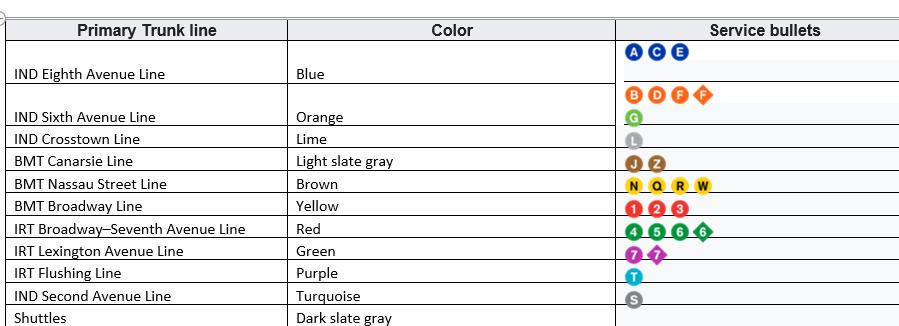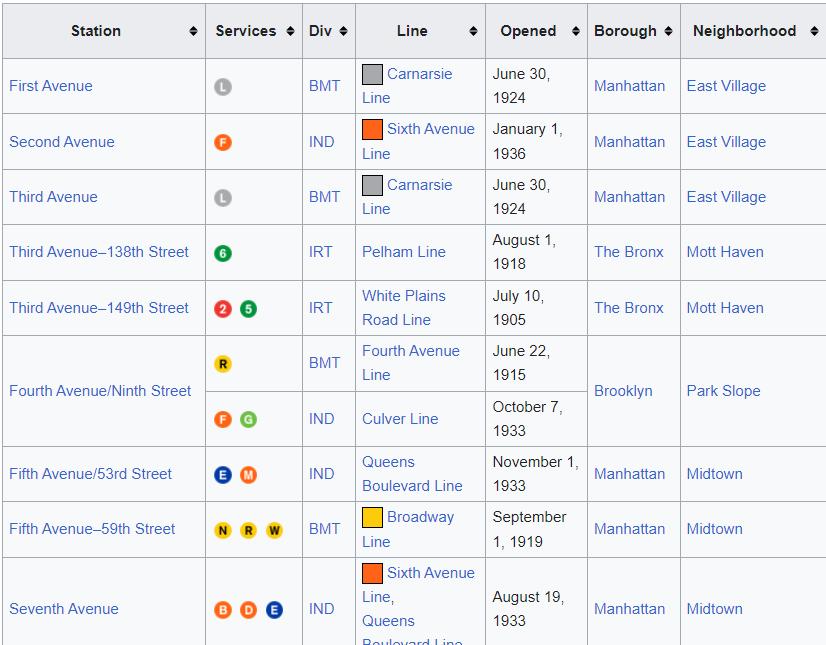Question
Business Case: The New York City Subway is a rapid transit system in the New York City boroughs of Manhattan, Brooklyn, Queens, and the Bronx.
Business Case:
The New York City Subway is a rapid transit system in the New York City boroughs of Manhattan, Brooklyn, Queens, and the Bronx. It is owned by the government of New York City and leased to the New York City Transit Authority, an affiliate agency of the state-run Metropolitan Transportation Authority (MTA). Opened on October 27, 1904, the New York City Subway is one of the world's oldest public transit systems, one of the most used, and the one with the most stations, with 472 stations in operation and 36 train lines.
SAMTA (Subway Administration of Metropolitan Transportation Authority ) is the NYU affiliated data analytics startup company. SAMTA has undertaken a database project to normalize subway data systems. Followings are the snippets of some of the dynamics of NYC subway services.



Business Requirements:
SAMTA has provided the following details to develop a data model. For the train lines, SMATA intend to store data as follow: Train line (1,2,3,4,6,7... A,B, C. etc.) Line name (Eight Avenue Line, Sixth Avenue Line, Broadway Line, Flushing Line, Brooklyn Line etc.) Division (IND, BMT, IRT etc.) Number of years the Line is in operation. For the subway stations , SMATA intend to store data as follow: Station Name (e.g., First Avenue, MetroTech, Madison Garden, Time Square, Central Park, Rosevelt Island etc.) Station Address (e.g., 34 street and 7th Avenue, 42nd Street and 6th Avenue etc.) Borough (Manhattan, Brooklyn, Bronx, Queens etc.) Neighborhood ( East Village, Midtown, Downtown, Chinatown, SOHO, Chelsea etc.) For the subway stations facilities, SAMTA intend to store data as follow: Elevator, Escalator, Restroom, Wheelchair Accessible, Transfer Connection, Bus Connection, 24-hour booth etc. [Facilities should be recorded as Y/N, and Number of each of such facilities (e.g., 2 Elevator, 3 Transfer connections etc.) For the subway operations, SAMTA intend to store data as follow: Train line, Subway station, arrival date and time, departure date and time, local/express/mixed. For the starting station, arrival date and time should not be recorded. For the final station, departure date and time should not be recorded.
Resolve composite, derived, or multi-valued attributes, if any. Please use Oracle Data Modeler for creating E-R diagrams. ERD (both Logical and Relational model) of this schema with appropriate primary keys, foreign keys, and relationships amongst them. If you have made valid assumptions other than those stated in the business case, please state them clearly in support of your ERD models.
1) Logical Model 2) Relational Model 3) Any valid assumptions made.
Primary Trunk line IND Eighth Avenue Line IND Sixth Avenue Line IND Crosstown Line BMT Canarsie Line BMT Nassau Street Line BMT Broadway Line IRT Broadway-Seventh Avenue Line IRT Lexington Avenue Line IRT Flushing Line IND Second Avenue Line Shuttles Blue Orange Lime Light slate gray Brown Yellow Red Green Purple Turquoise Dark slate gray Color Service bullets 2 N_Q_R_W 123 4666 T S
Step by Step Solution
There are 3 Steps involved in it
Step: 1

Get Instant Access to Expert-Tailored Solutions
See step-by-step solutions with expert insights and AI powered tools for academic success
Step: 2

Step: 3

Ace Your Homework with AI
Get the answers you need in no time with our AI-driven, step-by-step assistance
Get Started


